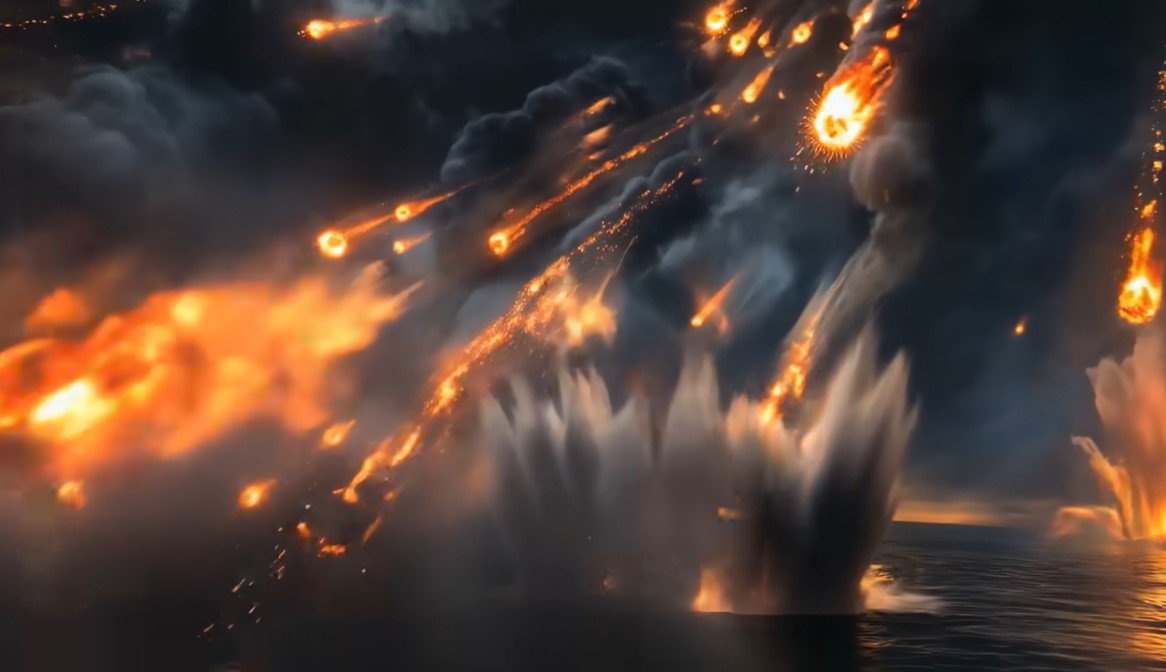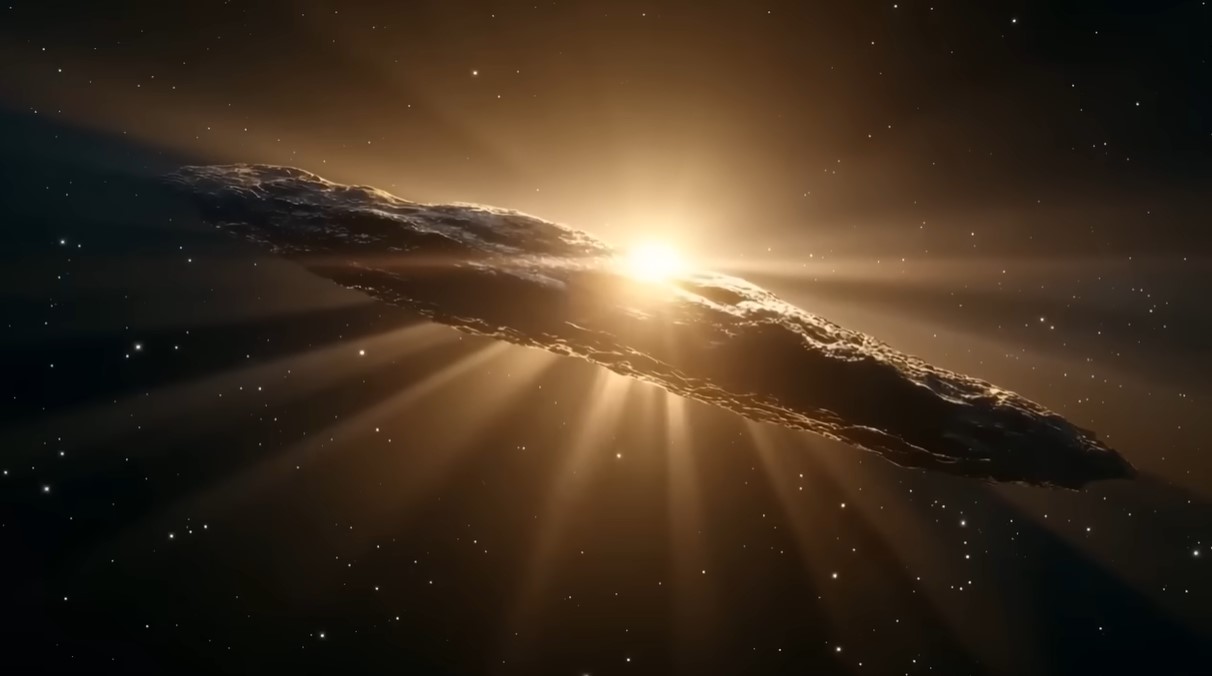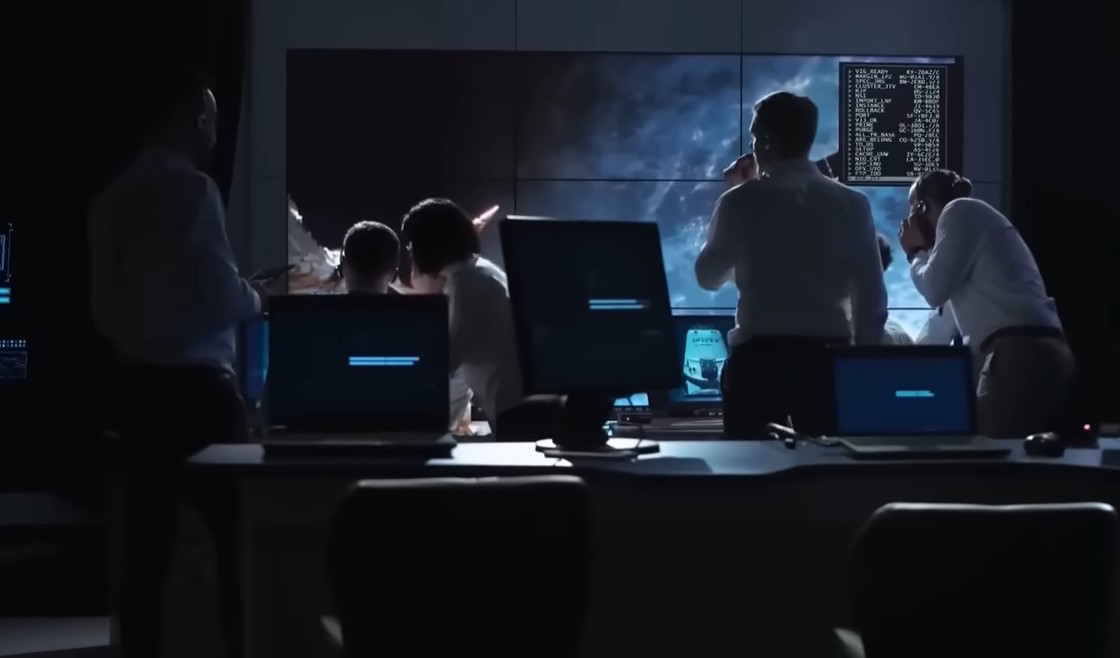In a breathtaking revelation that is shaking the very foundations of astronomical understanding, scientists have confirmed the unprecedented acceleration of an interstellar object known as ThreeI Atlas. This alien visitor, which has baffled researchers for months, appears to be defying the known laws of physics in a manner that could redefine humanity’s understanding of its place in the cosmos. As the data begins to surface, the implications of this cosmic anomaly raise pressing questions about our universe and the existence of intelligent life beyond Earth.

ThreeI Atlas, only the third confirmed interstellar object to visit our solar system, has stunned astronomers with its behavior. Initially showing consistent and predictable comet-like characteristics, this colossal body experienced a sudden, inexplicable change in motion as it approached perihelion – the point at which it comes closest to the Sun. During a crucial 24-hour period, observatories detected a continuous acceleration of 0.02 millimeters per second squared, a figure that, while seemingly small, represents a staggering shift in trajectory for an object weighing around 33 billion tons. This acceleration is not merely anomalous; it is calculated to equal the combined thrust of nine SpaceX Starships firing simultaneously – yet this effort was observed without any visible output, exhaust, or catastrophic events normally associated with such energetic releases.
Astronomers expected ThreeI Atlas, like its predecessor ‘Oumuamua’ which came through in 2017, would behave in line with known physics. However, what has unfolded is something surreal, presenting unmistakable evidence that this object is being propelled not by conventional means but by an unseen force. As researchers at the Jet Propulsion Laboratory meticulously analyzed the data, the immovable conclusion was reached: ThreeI Atlas is not simply drifting through the cosmos. It appears to possess an active, deliberate propulsion mechanism, raising the question: what—or who—has created this engineered phenomenon?

Dr. Avi Lo, an astrophysicist central to the investigation, bluntly stated, “The energy required here exceeds any natural explanation.” The object’s bright blue light, which is vastly distinct from the typical spectra displayed by comets, adds to the mysterious nature of ThreeI Atlas. This blue luminescence suggests an internal energy source far beyond any chemical reactions we are familiar with—pointing to advanced technologies or processes previously unknown to humankind. The very fact that it reflects light in an orchestrated manner—appearing metallic and engineered—further solidifies the theory that we may be encountering an artifact rather than a mere icy relic lost in the depths of space.
Faced with these compelling findings, the scientific community is left grappling with an unnerving paradox. If ThreeI Atlas is indeed an artificial construct, it poses deeper questions about the nature of intelligence in our universe. Dr. Lo’s assertion suggests that we may not be alone in our quest for understanding; an ancient civilization so advanced that it achieved feats of engineering eons ago could be the creators of this object. The thought of a technologically sophisticated species existing long before our own civilization ignites a sense of both wonder and dread about what else lies beyond our reach.

Furthermore, the object’s pulsing light and its eerily rhythmic fluctuations in intensity have led scientists to entertain theories of communication, with some suggesting it might be broadcasting its presence through light patterns, much like a signal using modulation techniques unknown to our current scientific framework. The very notion that we could be the audience to an ancient beacon re-examines humanity’s chronicler role in the cosmic narrative. Rather than passive observers, are we potentially the subjects of a test—one that measures not just our capacity for exploration but our readiness to acknowledge we are not the universe’s sole architects?
Adding another layer to these revelations, astronomers also note that the trajectory of ThreeI Atlas is not leading it out of the solar system in a straightforward arc; instead, its path subtly bends, almost as if it is following a predetermined course. This behavior evokes the unsettling idea of an object engineered with a purpose, suggesting that it is neither leaving nor merely wandering—it seems to be traveling in a deliberate direction.

As the story continues to unfold, it has become clear that ThreeI Atlas is not just another interstellar anomaly to be cataloged and forgotten; its very existence is urging us to confront our ancient questions about existence and the potential for life beyond our fragile planet. Each observation, each new piece of data reinforces the idea that we might indeed be sentinels in a universe teeming with histories far older than our own, histories we have yet to comprehend.
With telescopes across the globe trained on this silent wanderer, the time is ripe for reflection on the cosmic dance of civilizations and technologies that may have transcended our understanding. Humanity stands at the precipice of a revelation that could expand not only our scientific horizon but also our philosophical appreciation of our status in the cosmos. As we look up at the stars, pondering the implications of ThreeI Atlas, one thing is certain: the fascination with our universe is becoming more complex and beautiful than ever, reminding us of our collective insignificance and the vast tapestry of existence that surrounds us.

As we gather more evidence—each frame of data, each line of light—what we make of ThreeI Atlas remains to be seen. Is it merely a rock, a fragment of unknown natural processes, or is it the remnant of a forgotten intelligence that once traversed the stars? While we ease into the undeniable truth that we may not be alone in the universe, the sky has irrevocably changed, enriching our curiosity and perhaps challenging our notion of what it means to be human in an ever-reaching, ancient cosmos. With promises of new discoveries on the horizon, the quest continues. The universe awaits, and we are just beginning to decipher its messages.





